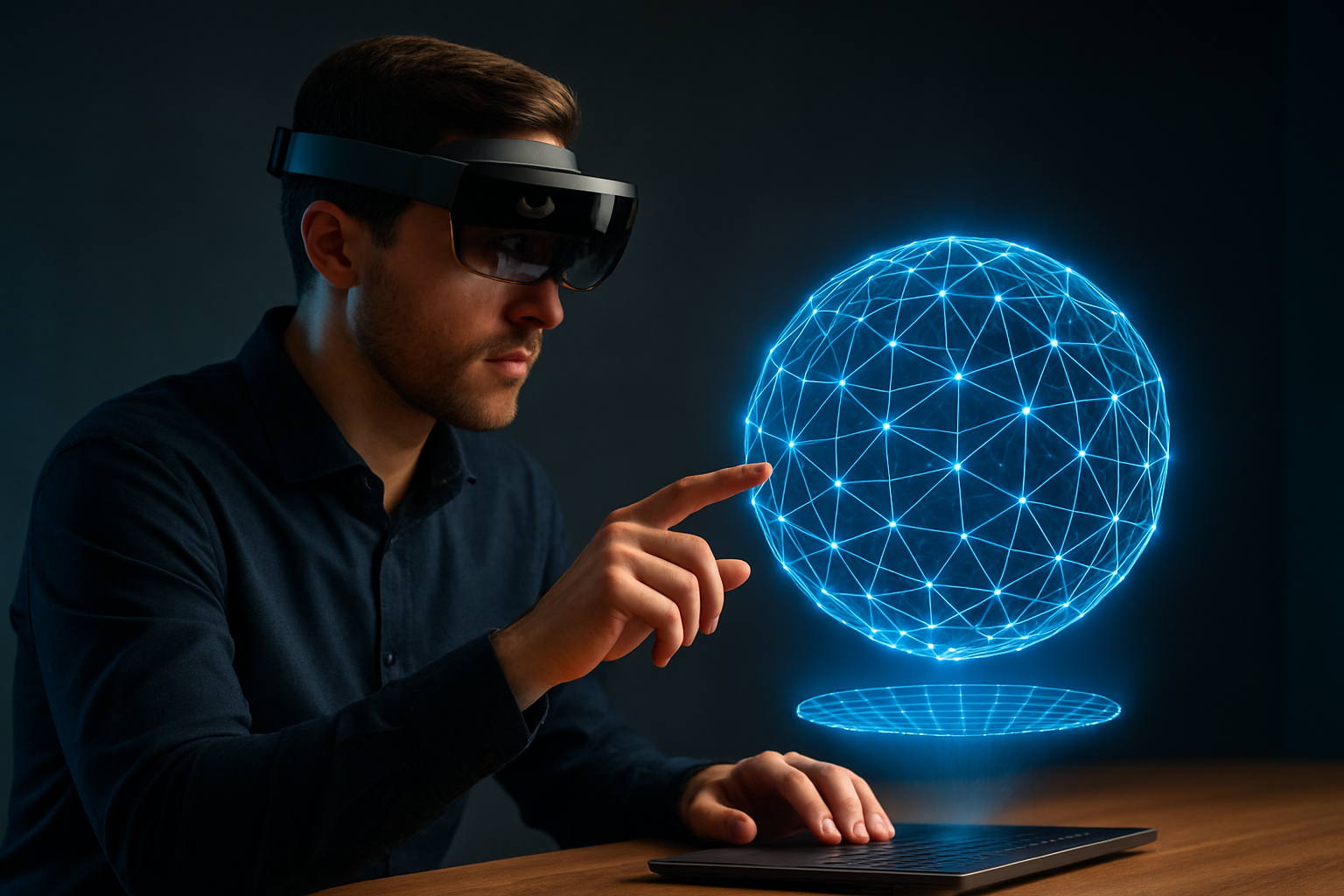Holographic Keyboards: A Glimpse into Futuristic Typing
In the ever-evolving landscape of computer peripherals, a groundbreaking technology is poised to revolutionize how we interact with our devices. Holographic keyboards, once confined to the realm of science fiction, are now emerging as a tangible reality. This cutting-edge input method promises to blend the tactile satisfaction of physical keys with the flexibility and customization of virtual interfaces. As we stand on the cusp of this innovative leap, let's explore the potential of holographic keyboards and their implications for the future of computing.

Recent advancements in laser projection, motion tracking, and haptic feedback have breathed new life into the holographic keyboard concept. Companies like Celluon and Serafim have introduced portable laser-projected keyboards, but these still rely on flat surfaces and lack true three-dimensionality.
How Holographic Keyboards Work
At its core, a holographic keyboard uses a combination of technologies to create a functional typing experience without physical keys. The system typically consists of three main components:
-
A holographic projector that creates a visible, three-dimensional image of a keyboard in mid-air.
-
Advanced motion sensors that track finger movements within the projected space.
-
Haptic feedback generators that provide tactile sensations to simulate key presses.
The projector uses laser technology to create a crisp, visible keyboard image that can be adjusted for size and layout. As users move their fingers through the holographic keys, the motion sensors precisely track their movements. When a “key press” is detected, the system triggers a localized haptic response, giving the user a sense of physical feedback.
The Advantages of Going Holographic
Holographic keyboards offer several potential benefits over traditional input methods:
-
Portability: Without physical components, these keyboards can be incredibly compact and easy to transport.
-
Customization: Users can instantly switch between different keyboard layouts, languages, or even specialized interfaces for specific applications.
-
Hygiene: With no physical surfaces to harbor germs, holographic keyboards could be more sanitary in shared environments.
-
Durability: The lack of moving parts means there’s less potential for mechanical wear and tear.
-
Accessibility: Adjustable sizing and positioning could make typing easier for users with physical limitations.
Challenges and Limitations
Despite their potential, holographic keyboards face several hurdles before they can become mainstream:
-
Tactile feedback: Replicating the satisfying feel of physical keys remains a significant challenge.
-
Accuracy: Ensuring precise input without the physical boundaries of traditional keys is crucial for widespread adoption.
-
Power consumption: Projecting a stable hologram and running sophisticated sensors require substantial energy.
-
Environmental factors: Bright lighting conditions or uneven surfaces could interfere with the holographic display.
-
User adaptation: Convincing users to abandon physical keyboards for a virtual alternative may prove difficult.
The Road to Commercialization
While fully functional holographic keyboards are not yet available on the consumer market, several companies are making significant strides in this direction. Tech giants like Apple and Microsoft have filed patents related to holographic input devices, suggesting serious interest in the technology.
Startups like HoloKeys and VKB (Virtual Keyboard) are actively developing prototypes that promise to deliver a more immersive and realistic holographic typing experience. These companies are focusing on improving haptic feedback and motion tracking accuracy to create a typing experience that rivals traditional keyboards.
Industry analysts estimate that the first consumer-ready holographic keyboards could hit the market within the next 3-5 years, with prices likely starting in the $200-$300 range. As with most new technologies, early adopters will likely face higher costs, but prices are expected to decrease as production scales up and the technology matures.
Implications for the Future of Computing
The potential impact of holographic keyboards extends far beyond simple text input. As the technology evolves, we could see:
-
Holographic user interfaces that blend keyboard, mouse, and gesture controls into a single, customizable interaction space.
-
Integration with augmented and virtual reality systems for seamless typing in immersive environments.
-
Adaptive interfaces that change based on the user’s needs or the current application.
-
New forms of data visualization and manipulation enabled by three-dimensional input methods.
Conclusion
Holographic keyboards represent a fascinating convergence of multiple cutting-edge technologies. While challenges remain, the potential benefits in terms of portability, customization, and hygiene make them an exciting prospect for the future of computer input. As researchers continue to refine the technology, we may soon find ourselves typing on nothing more than light and air, ushering in a new era of human-computer interaction.





